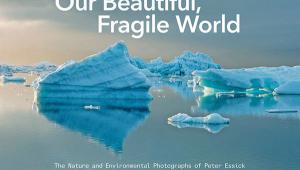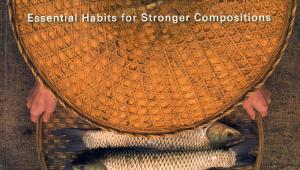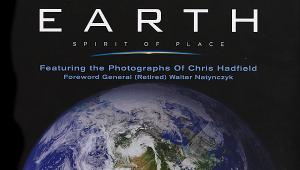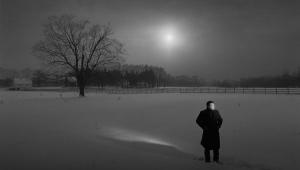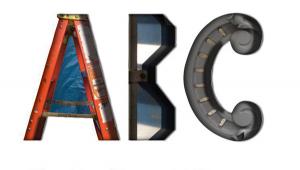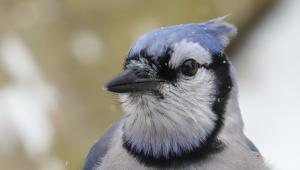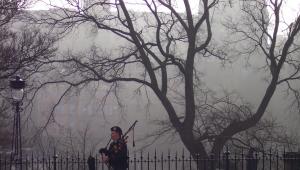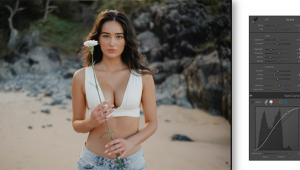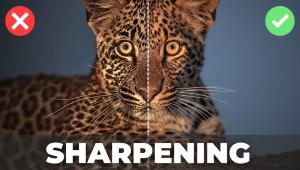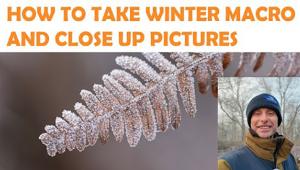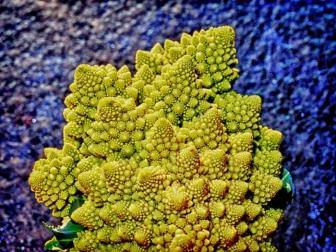The NEW Joy Of Digital Photography
Examining all aspects of digital photography, from how to use your camera to lighting and compositional considerations to downloading your pictures and enhancing color, author and photographer Jeff Wignall presents easy-to-grasp explanations of technique, introductions to exciting new imaging technology, fun diagrams, and spectacular pictures in a creative, inspirational approach. Here’s a short excerpt that might give you a sense of what this 288-page book offers.—Editor
Patterns And Repetition

I love patterns because it really doesn’t matter what the subject itself is. If the pattern is strong, it will be visually interesting. Some patterns—like the arches and windows reflected in the water above—shout out to be photographed. Other patterns are subtle, or even somewhat hidden, and reveal themselves only to the observant.

Patterns exist whenever any of the familiar elements of design—lines, shapes, colors, or textures—repeat themselves in an obvious way. Nature in particular is a boundless source of interesting patterns, but human-made creations are also rife with repetition. Sometimes you can photograph the connection between nature and what man has constructed, as in the spiral patterns. From the colorful diamonds and squares of patchwork quilts to the lines of the Eiffel Tower, we use patterns as a motif whenever we can.

Some patterns, like the stairs that you climb from your living room to your bedroom are obvious (not to mention useful) and others, like the pattern of spots on an insect, have to be sought out. Once you become aware of patterns though, they seem to pop up everywhere. And because they’re so prevalent, it’s great fun exploring for new ones.
You can use patterns to build compositions in many ways. By choosing the right vantage point, you can use them to direct attention to your main subject—letting newly tilled farm rows lead the eye to a distant farmhouse, for example. Or, if they’re obvious and interesting enough, patterns can transcend a supporting role to swoop in and take over the leading role. In the shot of the chambered nautilus, for instance, the pattern of spirals becomes the main subject.

The key to building a composition from a pattern is to isolate it from its surroundings—either by cropping tightly or by finding just the right angle to emphasize the repetition of elements. Anything that isn’t a part of a pattern usually distracts from it, so be ruthless in excluding extraneous material.

About The Author
Jeff Wignall has been writing about photography for more than 30 years. He is the former camera columnist for the Sunday New York Times, and was technical editor for Photo District News. He is a regular contributor to the Black Star Rising blog, and he produces web content for Fodor’s Travel Publications. Wignall has more than a million books in print, including The Joy of Photography (3rd edition), Focus on Digital Photography Basics, Jeff Wignall’s Digital Photography Crash Course, and Winning Digital Photo Contests.

- Log in or register to post comments
